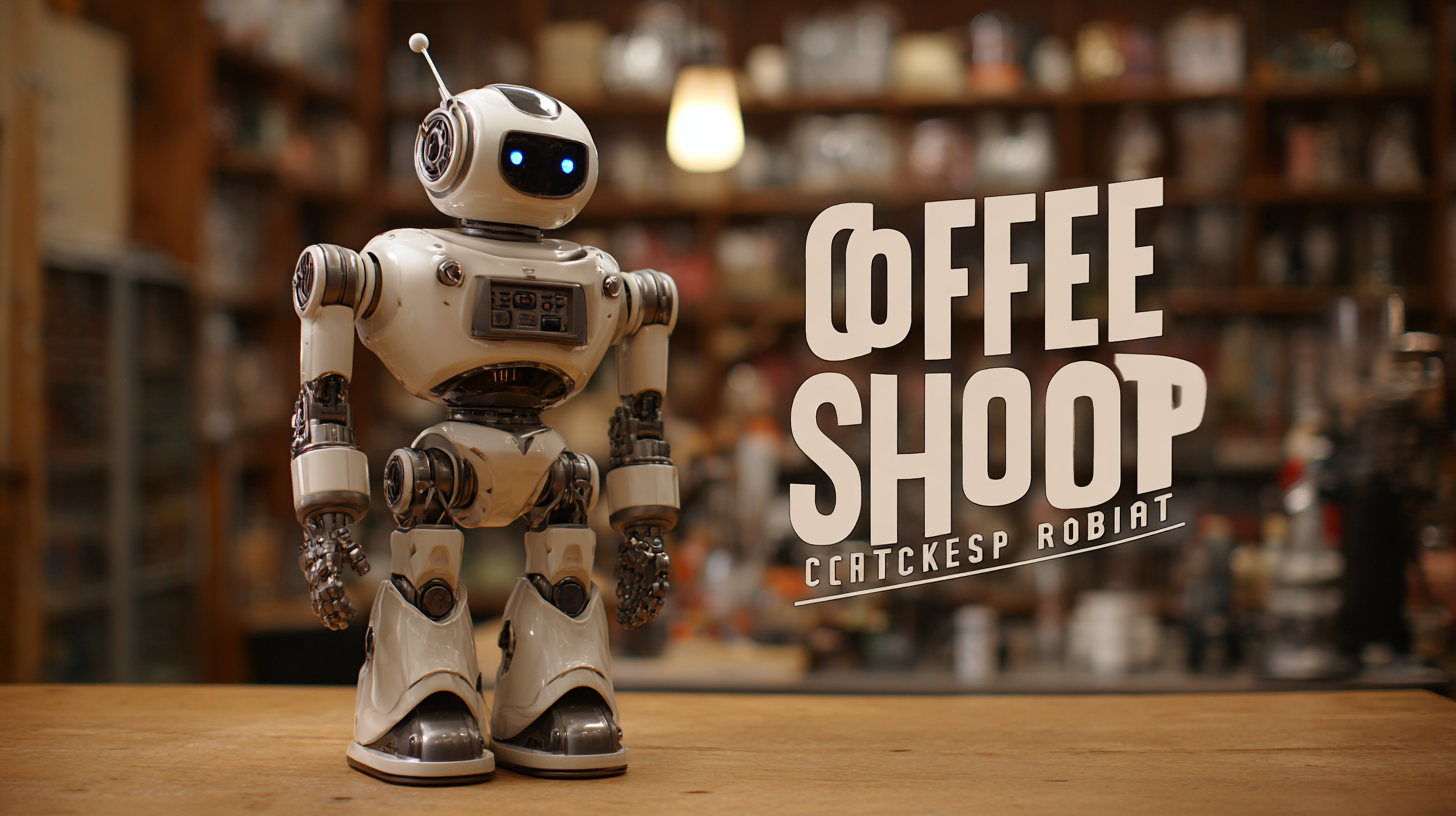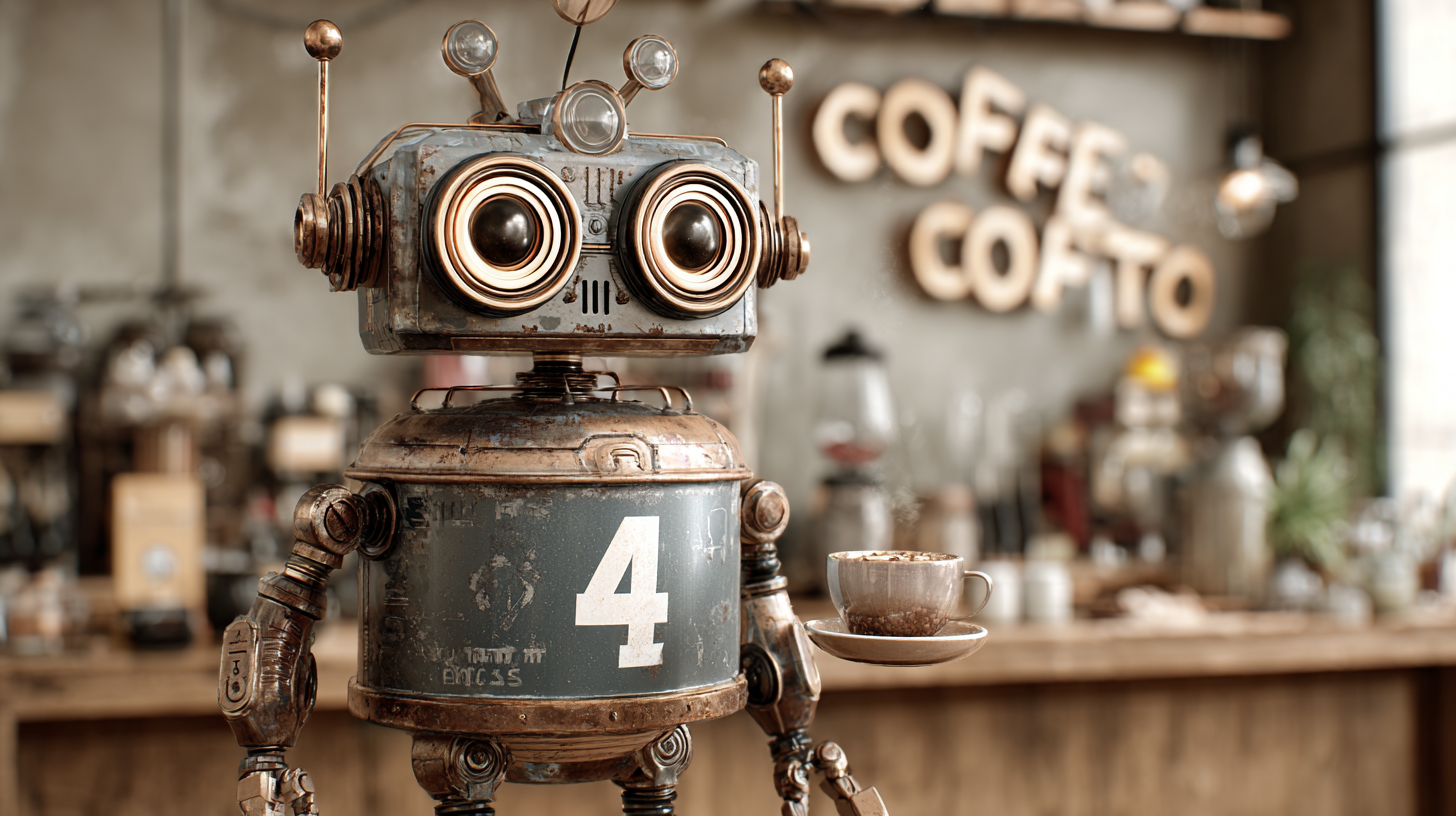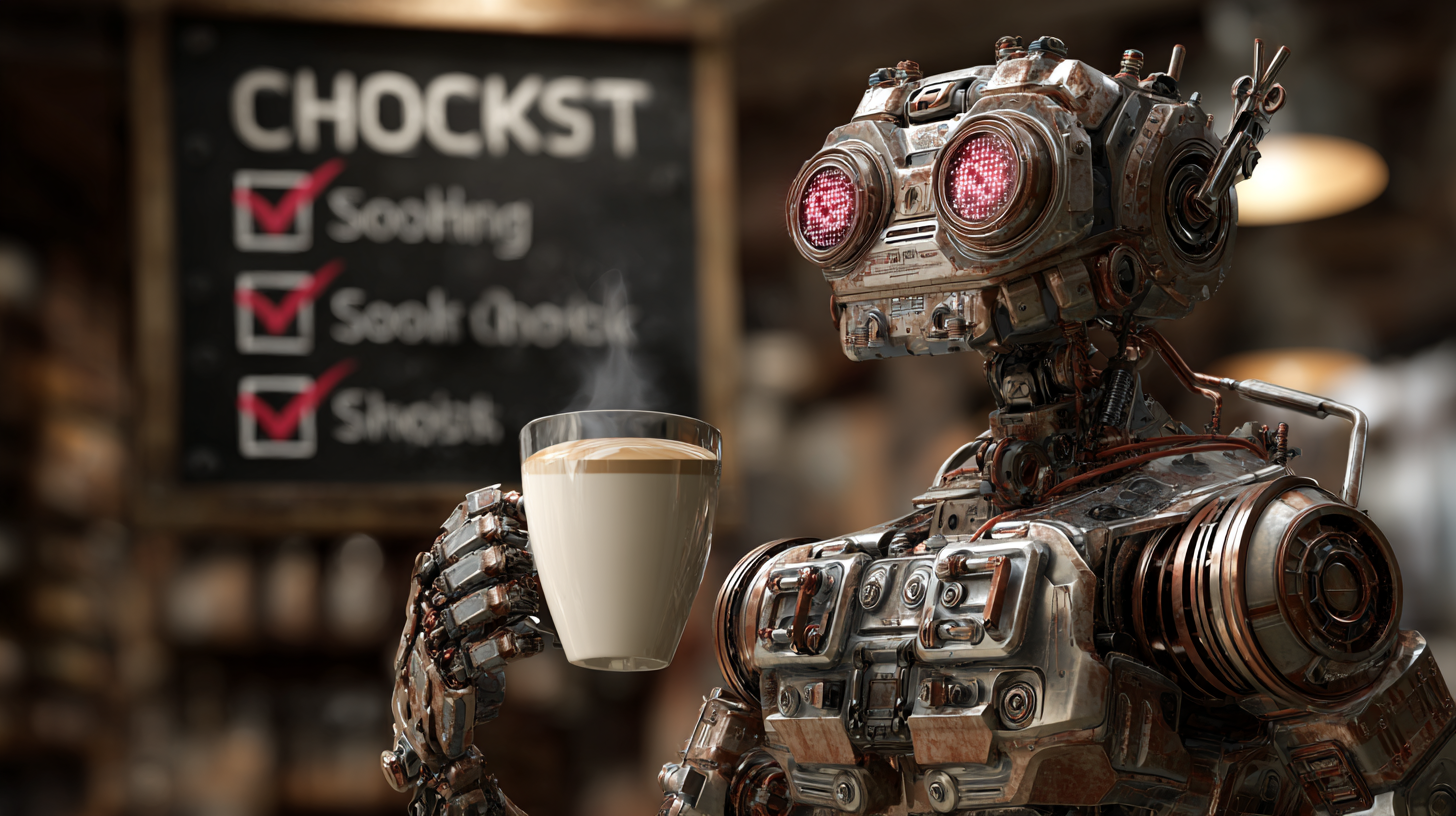As the coffee shop industry continues to evolve, integrating technology into everyday operations has become essential for staying competitive. The rise of automation has led to the introduction of innovative solutions, such as the Coffee Shop Robot, which not only enhances operational efficiency but also improves customer experience. According to a recent report by Statista, the global coffee shop market is projected to reach approximately $237 billion by 2024, driven by the increasing demand for high-quality coffee and the desire for quick service. In this context, selecting the right Coffee Shop Robot is crucial for businesses aiming to capitalize on this growth trend. This comprehensive checklist will guide you through the alternatives available in the market, ensuring that you make an informed decision that aligns with your operational needs and customer expectations.

When selecting the best coffee shop robot for your business, it is crucial to consider key features that enhance operational efficiency. One of the most significant aspects is the robot’s ability to handle complex tasks in unpredictable environments. With advancements in embodied large language model technology, like those utilizing GPT-4, robots can now manage intricate beverage crafting processes while adapting to customer preferences on the fly. This flexibility not only streamlines operations but also ensures a tailored customer experience, a priority in the specialty coffee industry.
Moreover, the integration of AI-powered customer service capabilities is essential. As customer service remains a vital element in the coffee sector, having a robot that can seamlessly collaborate with human staff can enhance service delivery. Such hybrid teams can efficiently handle customer inquiries, allowing human employees to focus on providing personal interactions. This synergy between robots and staff not only improves service speed but also maintains the high-quality engagement that coffee lovers seek, ultimately driving customer satisfaction and loyalty.
When it comes to selecting the best coffee shop robot for your business, understanding the different types available is crucial. Automated coffee machines are one of the most common options; they offer speed and consistency, making them ideal for high-traffic environments. However, their initial investment can be high, and baristas may find the lack of human interaction a downside for a personalized customer experience. Despite this, their reliability in delivering the perfect brew can enhance operational efficiency and customer satisfaction.
Conversely, there's the rising trend of robotic baristas, which bring a unique touch to coffee-making. These robots not only prepare beverages but also engage with customers, creating an interactive experience that can attract more visitors to your shop. While they can be a conversation starter, the technology is still evolving, and maintenance costs can be a consideration. Ultimately, evaluating the pros and cons of each type will help you choose a coffee shop robot that aligns with your business goals, customer expectations, and budget constraints.

Integrating coffee shop robots into your existing workflow can streamline operations and enhance customer experience significantly. With advancements in technology, such as integrated touchscreen point-of-sale systems, these robots are now able to serve up to 200 cups of coffee and tea daily. This efficiency not only helps reduce wait times but also allows staff to focus on other essential duties, such as personalizing customer interactions or managing inventory.
Moreover, the introduction of humanoid drink robots across locations is transforming the way customers perceive service in coffee shops. For instance, a new robotic barista utilizing sophisticated AI can replicate human-like interactions, making the entire experience more engaging. These innovations not only support high-volume service but also adapt to existing workflows seamlessly, ensuring a smooth transition for staff. As coffee shop owners consider adopting these technologies, it's crucial to evaluate how well a robot can integrate into the current work environment while enhancing overall productivity and customer satisfaction.
| Feature | Importance | Considerations |
|---|---|---|
| Automation Level | High | How much of the coffee-making process can be automated? |
| Ease of Integration | Medium | Compatibility with existing equipment and workflow |
| Maintenance | High | Frequency and ease of maintenance requirements |
| Training & Support | High | Level of training provided for staff and ongoing support |
| Cost | High | Initial investment and ongoing operational costs |
| Customization | Medium | Ability to customize beverages and functionalities |
| User-Friendliness | High | Intuitive interface for easy operation |
| Space Requirements | Medium | Size and footprint of the robot in the existing space |
When considering the automation of your coffee shop, one of the most critical factors to evaluate is cost-effectiveness. Investing in coffee shop robots can streamline operations, enhance customer service, and ultimately improve profitability. However, budgeting for such automation solutions requires a strategic approach. Start by assessing your current operational costs, including labor, equipment, and inventory management. By pinpointing inefficiencies, you can identify which automation technologies will provide the most significant return on investment.
Next, consider the upfront and ongoing costs of the robots you are eyeing. While some high-end models may seem appealing due to their advanced features, they may not align with your budgetary goals. Look for machines that offer a balance of quality and affordability, and take into account factors such as maintenance, energy consumption, and the potential for increased sales through faster service and reduced wait times. By creating a detailed budget that factors in all these elements, you can make an informed decision that positions your coffee shop for long-term success in a competitive market.
As the coffee shop industry continues to evolve, the integration of robotics is becoming increasingly significant. According to a recent report by Markets and Markets, the global coffee shop robotics market is projected to grow from $1.8 billion in 2023 to $4.5 billion by 2028, at a compound annual growth rate (CAGR) of 19.8%. This surge is driven by the demand for increased efficiency, consistency, and enhanced customer experiences in beverage preparation. The adoption of robotic systems not only streamlines operations but also minimizes human error, ensuring that each cup of coffee meets quality standards.

Looking ahead, several trends in coffee shop robotics are expected to shape the landscape. For instance, the use of artificial intelligence (AI) in robotic coffee machines is becoming a standard feature, allowing for personalized beverage preparation based on customer preferences. A study from Frost & Sullivan indicates that 62% of consumers are more likely to frequent a coffee shop that employs AI technology to customize their orders. Additionally, the rise of mobile app integrations with robotic systems is anticipated to enhance customer engagement and streamline ordering processes, making the entire experience more convenient and appealing to tech-savvy patrons. As these trends continue to develop, coffee shop owners must be prepared to adapt and adopt new technologies to stay competitive.